On the night of 25th / 26th March 1942 the crew of this 460 Squadron aircraft were tasked with a "Nickel" flight in the Lille area to drop leaflets. The aircraft took off from Breighton at 19.24hrs but was hit by flak which damaged the front turret, other holes were found in the astrodome and in the fuselage and the hydraulics in the front turret were hit and failed. The crew were able to return to base and land at 00.07hrs and were uninjured.
Pilot - S/Ldr John William Edward Leighton RAF (40053), of Hurlstone Park, New South Wales, Australia.
Second Pilot - P/O John Walter Keene RAAF (402742), of Randwick, New South Wales, Australia.
Navigator - Sgt Ronald Frederick Waldon RAAF (400894), of Beechworth, Victoria, Australia.
Wireless Operator / Air Gunner - Sgt Graham R Berry RAAF (407281).
Bomb Aimer - Sgt Douglas Graham Butterworth RAAF (404471), of Brisbane, Australia.
Air Gunner - Sgt Reginald John Biglands RAAF (407282), of Kilburn, South Australia.
Wellington Z1323 was built to contract B97887/40 by Vickers Armstrong's Ltd. at Hawarden, Chester and was awaiting collection in October 1941. It was received by 33 MU on 15th October 1941 and was taken on charge by 460 Squadron on 27th December 1941 at Molesworth. It then moved to Breighton with 460 Squadron on 4th January 1942. As a result of the flak damage on 26th March 1942, on 6th August 1942 and on 28th August 1942 it sustained minor Cat.A/FB damage all times and was repaired on site all times. On 7th September 1942 it was being flown on an operational flight to bomb Duisburg when it was damaged by a night fighter, on the return to the UK it was force landed at Ford and was further damaged. It was initially declared Cat.B/FB but later re-assessed to Re-Cat.Ac on 13th September 1942, then re-assessed again on 15th October 1942 to Re-Cat.B and was taken to the Vickers factory at Weybridge for repair. The aircraft was flown to 48 MU on 5th February 1943 and then to 23 MU on 20th September 1943 but was held in store there. It was later struck off charge on 1st November 1944.
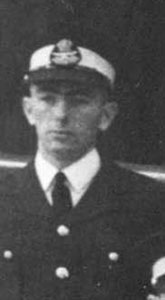
John Leighton was born on 15th April 1917 in Goulburn, New South Wales and joined the RAF in June 1936 at Point Cook, Victoria. He was granted a commission in the RAF with seniority dated 26th August 1937 and posted to 52 Squadron on arriving in the UK. He was in the same batch of Australian entrants as Rodney Gibbes, who would be the pilot of a Wellington that crashed onto the North Yorkshire Moors in May 1940, Rod Gibbes' son kindly provided the photograph of John Leighton. He rose to F/O on 26th May 1939, F/Lt on 3rd September 1940 and S/Ldr (temp) on 1st September 1941. He was Mentioned in Despatches in 1939 and then again on 11th June 1942. S/Ldr John Leighton was killed on 26th July 1942 flying Wellington Z1462 on Ops to Duisburg, he was initially buried in the Neuer Friedhof at Lingen-Ems and was twenty five years old. Since the War his body has been taken to Reichswald Forest War Cemetery.
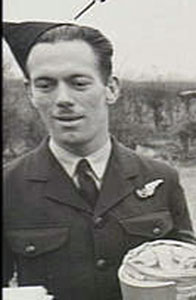
P/O Graham Berry had converted to flying Lancasters with 460 Squadron, on 22nd/23rd November 1942 he was in Lancaster W4273 on Ops to Stuttgart and the aircraft was damaged by enemy action. He became a PoW.
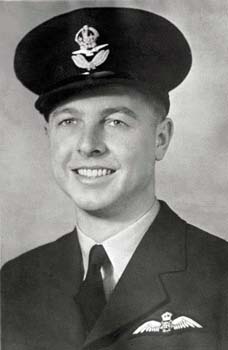

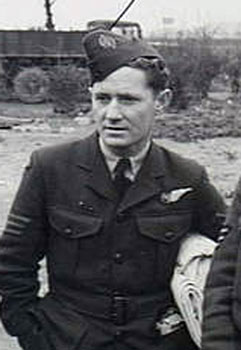
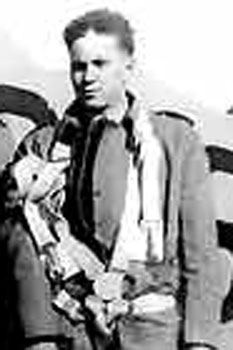
Of the others named above involved in the battle damage incident in March 1942, F/O Keene (pictured above left), Sgt Waldon (centre-left) and Sgt Biglands (centre-right) died and Sgt Butterworth (above right) were involved in a further more serious incident on 2nd/3rd June 1942 when Wellington Z1394 lost on Ops to Essen. Their aircraft crashed into the sea off the Dutch coast and sank immediately. Sgt Biglands was killed in the crash. Keene and Waldon had survived and begun to try and swim ashore. Both were believed drowned while attempting to swim ashore. F/O Keene was twenty five years old, Waldon was twenty three and their bodies were recovered at Wisserkerk and are buried in Flushing (Vlissingen) Northern Cemetery, Holland on 5th June 1942. Sgt Biglands' body was not found and his is listed on the Runnymede Memorial; he was twenty eight years old.
Information kindly provided by Mr Stuart Waldon, nephew of Sgt Ronald Waldon, gives extra information. Doug Butterworth was in the front turret when the aircraft struck the water and was initially trapped after the turret broke off in the impact. He eventually got clear and surfaced. He then found both Keene and Waldon in the water and inflated their Mae Wests but later became seperated. Butterworth was rescued by a German launch and spent the rest of the war as a PoW. Douglas Butterworth was born on 30th January 1920, after liberation he later returned home to his native Australia and wrote a book on his experiences. He died on 21st June 2010.

Their loss is well researched and a web-forum at " http://airfixtributeforum.myfastforum.org/archive/wartime-memorabilia-p-o-j.w.-keene-r.a.a.f.__o_t__t_12674.html " and on which the photograph shown above of this crew is shown. Left to right, Hawkins, Keene, Berry, Butterworth, Waldon and Biglands.